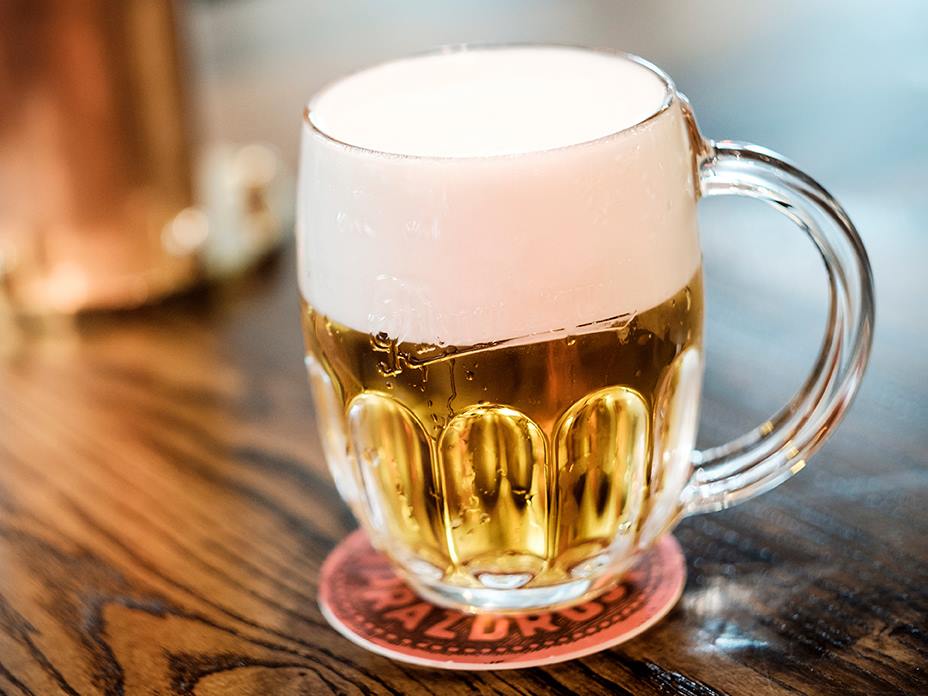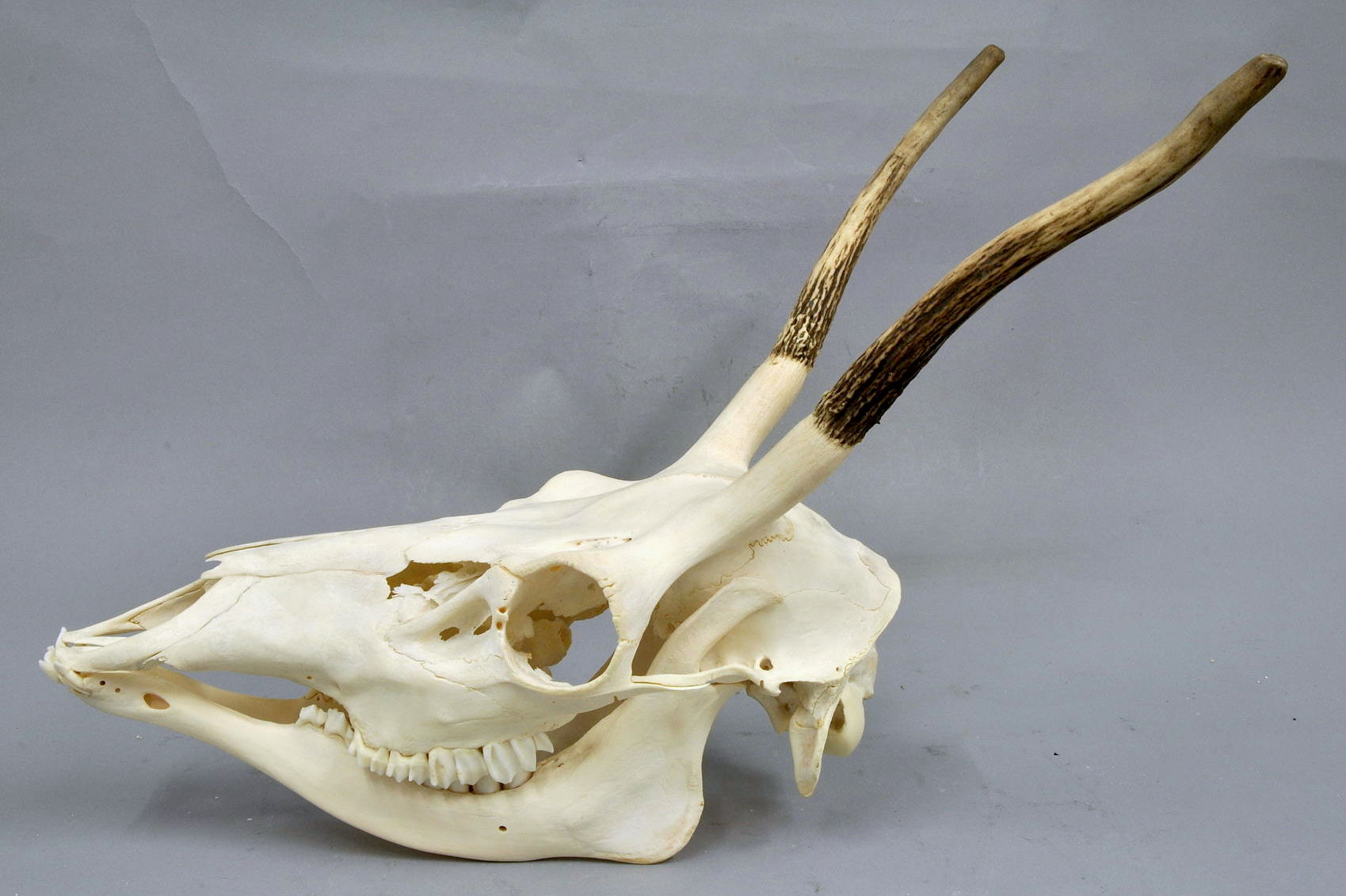|
Jelen (beer)
Jelen beer ( sr-Latn, Jelen pivo, ) is a pale lager produced by the Apatin Brewery from Serbia that belongs to American-Canadian concern Molson Coors. It contains 4,6% alcohol and belongs to the class of light lagers. Jelen has won various awards within Serbia and participates in a variety of sponsorships. Its logo is a bugling red deer; ''jelen'' means deer. Brands *''Jelen pivo'' *''Jelen Cool'' company's light non-alcoholic beer. *''Jelen Fresh Lemon'' beer with only 2% of alcohol mixed with lemon juice. *''Jelen Fresh Grapefruit'' beer mixed with grapefruit juice Awards * ''Monde Selection Monde Selection is an annual non-competitive award open to food, drinks, and cosmetics products, created in 1961. It is run by the commercial company, International Institute for Quality Selections, Brussels Brussels, officially the Brusse ... 2010'' – Big golden medal (for the 12th time) and golden medal for quality (for the 3rd time) * ''Most Popular Product with Men'' – ... [...More Info...] [...Related Items...] OR: [Wikipedia] [Google] [Baidu] |
Molson Coors
Molson Coors Beverage Company is a Canadian-American Multinational corporation, multinational Drink industry, drink and brewing company, brewing company headquartered in Chicago, Illinois. Molson Coors was formed in 2005 through the merger of Molson of Canada, and Adolph Coors Company, Coors of the United States. In 2016, Molson Coors acquired Miller Brewing Company for approximately US$12 billion. The agreement made Molson Coors the world's third largest brewer. Molson Coors is a publicly traded company on the New York Stock Exchange and has been a constituent of the S&P500 since 2005. Its Canadian division, Molson Coors Canada is listed on the Toronto Stock Exchange. History On July 22, 2004, Molson Brewery, Molson, Inc. and the Adolph Coors Company announced their plan to merge. The merger was completed February 9, 2005, with the merged company being named Molson Coors Brewing Company. The merger included the brands and brewing operations of the Molson Brewery and the Coor ... [...More Info...] [...Related Items...] OR: [Wikipedia] [Google] [Baidu] |
Alcoholic Beverage
Drinks containing alcohol (drug), alcohol are typically divided into three classes—beers, wines, and Distilled beverage, spirits—with alcohol content typically between 3% and 50%. Drinks with less than 0.5% are sometimes considered Non-alcoholic drink, non-alcoholic. Many societies have a distinct drinking culture, where alcoholic drinks are integrated into party, parties. Most countries have Alcohol law, laws regulating the production, sale, and consumption of alcoholic beverages. Some regulations require the labeling of the percentage alcohol content (as ABV or Alcohol proof, proof) and the use of a Alcohol warning label, warning label. List of countries with alcohol prohibition, Some countries Prohibition, ban the consumption of alcoholic drinks, but they are legal in most parts of the world. The temperance movement advocates against the consumption of alcoholic beverages. The global alcohol industry, alcoholic drink industry exceeded $1.5 trillion in 2017. Alcohol is o ... [...More Info...] [...Related Items...] OR: [Wikipedia] [Google] [Baidu] |
Beer
Beer is an alcoholic beverage produced by the brewing and fermentation of starches from cereal grain—most commonly malted barley, although wheat, maize (corn), rice, and oats are also used. The grain is mashed to convert starch in the grain to sugars, which dissolve in water to form wort. Fermentation of the wort by yeast produces ethanol and carbonation in the beer. Beer is one of the oldest and most widely consumed alcoholic drinks in the world, and one of the most popular of all drinks. Most modern beer is brewed with hops, which add bitterness and other flavours and act as a natural preservative and stabilising agent. Other flavouring agents, such as gruit, herbs, or fruits, may be included or used instead of hops. In commercial brewing, natural carbonation is often replaced with forced carbonation. Beer is distributed in bottles and cans, and is commonly available on draught in pubs and bars. The brewing industry is a global business, consisting of several ... [...More Info...] [...Related Items...] OR: [Wikipedia] [Google] [Baidu] |
Pale Lager
Pale lager is a pale-to- golden lager beer with a well- attenuated body and a varying degree of noble hop bitterness. In the mid-19th century, Gabriel Sedlmayr took British pale ale brewing and malt making techniques back to the Spaten Brewery in Germany and applied them to existing lagering methods. The resulting beers gradually spread around the globe to become the most common form of beer consumed in the world today. History Bavarian brewers in the sixteenth century were required by law to brew beer only during the cooler months of the year. In order to have beer available during the hot summer months, beers would be stored (lagered) in caves and stone cellars, often under blocks of ice. In the period 1820–1830, a brewer named Gabriel Sedlmayr II the Younger, whose family was running the Spaten Brewery in Bavaria, went around Europe to improve his brewing skills. When he returned, he used what he had learned to get a more stable and consistent lager beer. The Bava ... [...More Info...] [...Related Items...] OR: [Wikipedia] [Google] [Baidu] |
Apatin Brewery
Apatin Brewery ( sr-Latn, Apatinska pivara), a member of the Molson Coors Europe, is a Serbian brewery based in Apatin. It is majority owned by the American company Molson Coors. The brewery's products are exported worldwide. Outside of Serbia, the beer is sold in Bosnia-Herzegovina, Croatia, Macedonia, Montenegro, Austria, Sweden, Slovenia and Switzerland. History It was founded in 1756 as Imperial Brewery owned by the Imperial Chamber. It is one of the oldest breweries in Serbia. The production of 12,000 hectoliters of beer was recorded in the 18th century. The brewery was transferred to private ownership for the first time at the end of the 19th century. Major investments were characteristic of that phase, with a primary goal of modernizing the brewing process and enlarging production capacities. In the period prior to World War I, the yearly production of beer was 16,000 hectoliters. The brewery went through hard times in 1930s, which ultimately led to the disruption of produ ... [...More Info...] [...Related Items...] OR: [Wikipedia] [Google] [Baidu] |
Serbia
, image_flag = Flag of Serbia.svg , national_motto = , image_coat = Coat of arms of Serbia.svg , national_anthem = () , image_map = , map_caption = Location of Serbia (green) and the claimed but uncontrolled territory of Kosovo (light green) in Europe (dark grey) , image_map2 = , capital = Belgrade , coordinates = , largest_city = capital , official_languages = Serbian language, Serbian , ethnic_groups = , ethnic_groups_year = 2022 , religion = , religion_year = 2022 , demonym = Serbs, Serbian , government_type = Unitary parliamentary republic , leader_title1 = President of Serbia, President , leader_name1 = Aleksandar Vučić , leader_title2 = Prime Minister of Serbia, Prime Minister , leader_name2 = Đuro Macut , leader_title3 = Pres ... [...More Info...] [...Related Items...] OR: [Wikipedia] [Google] [Baidu] |
Red Deer
The red deer (''Cervus elaphus'') is one of the largest deer species. A male red deer is called a stag or Hart (deer), hart, and a female is called a doe or hind. The red deer inhabits most of Europe, the Caucasus Mountains region, Anatolia, Iran, and parts of western Asia. It also inhabits the Atlas Mountains of Northern Africa, being the only living species of deer to inhabit Africa. Red deer have been introduced to other areas, including Australia, New Zealand, the United States, Canada, Peru, Uruguay, Chile and Argentina. In many parts of the world, the meat (venison) from red deer is used as a food source. The red deer is a ruminant, characterized by a four-chambered stomach. Genetics, Genetic evidence indicates that the red deer, as traditionally defined, is a species group, rather than a single species, though exactly how many species the group includes remains disputed. The ancestor of the red deer probably originated in central Asia. Although at one time red deer were ... [...More Info...] [...Related Items...] OR: [Wikipedia] [Google] [Baidu] |
Deer
A deer (: deer) or true deer is a hoofed ruminant ungulate of the family Cervidae (informally the deer family). Cervidae is divided into subfamilies Cervinae (which includes, among others, muntjac, elk (wapiti), red deer, and fallow deer) and Capreolinae (which includes, among others reindeer (caribou), white-tailed deer, roe deer, and moose). Male deer of almost all species (except the water deer), as well as female reindeer, grow and shed new antlers each year. These antlers are bony extensions of the skull and are often used for combat between males. The musk deer ( Moschidae) of Asia and chevrotains ( Tragulidae) of tropical African and Asian forests are separate families that are also in the ruminant clade Ruminantia; they are not especially closely related to Cervidae. Deer appear in art from Paleolithic cave paintings onwards, and they have played a role in mythology, religion, and literature throughout history, as well as in heraldry, such as red deer that app ... [...More Info...] [...Related Items...] OR: [Wikipedia] [Google] [Baidu] |
Monde Selection
Monde Selection is an annual non-competitive award open to food, drinks, and cosmetics products, created in 1961. It is run by the commercial company, International Institute for Quality Selections, Brussels Brussels, officially the Brussels-Capital Region, (All text and all but one graphic show the English name as Brussels-Capital Region.) is a Communities, regions and language areas of Belgium#Regions, region of Belgium comprising #Municipalit ..., Belgium. Consumer products are tasted and tested in order to grant them a quality labelMonde Selection ,2010 awarded by the International Quality Institute. Monde Selection states that "This bronze, silver, gold or grand gold quality label can be compared to the quality stars of a hotel or those of the '' [...More Info...] [...Related Items...] OR: [Wikipedia] [Google] [Baidu] |
Beer In Serbia
Beer () is a popular beverage in Serbia. History The beer was first mentioned in the 15th century during the reign of despot Stefan Lazarević, as a new drink transferred from neighboring Kingdom of Hungary. It was cooked in households, taverns, and even in the residence of the despot. Its popularity rose several centuries later and industrial-scale production began in the mid-18th century. Production, packaging and consumption Serbian breweries produce 523 million liters annually, which place country as 43rd largest beer producer in the world. Serbia exports some 138 million liters annually, mainly to neighboring countries, such as Bosnia and Herzegovina (79 million L), Bulgaria (22.3 million L), Montenegro (12.7 million L), Hungary (12.4 million L) or Croatia (11.9 million L), and to a minor extent to countries where there is significant Serbian diaspora, such as Germany, Austria, United States, Canada and Australia. Beer for home consumption is mostly sold in 0.5-liter bottl ... [...More Info...] [...Related Items...] OR: [Wikipedia] [Google] [Baidu] |
1756 Establishments In Europe
Events January–March * January 16 – The Treaty of Westminster is signed between Great Britain and Prussia, guaranteeing the neutrality of the Electorate of Hanover, controlled by King George II of Great Britain. * January 27 – Wolfgang Amadeus Mozart is born in Salzburg, Austria, to Anna Maria and Leopold Mozart. * February 7 – Guaraní War: The leader of the Guaraní rebels, Sepé Tiaraju, is killed in a skirmish with Spanish and Portuguese troops. * February 10 – The massacre of the Guaraní rebels in the Jesuit reduction of Caaibaté takes place in Brazil after their leader, Noicola Neenguiru, defies an ultimatum to surrender by 2:00 in the afternoon. On February 7, Neenguiru's predecessor Sepé Tiaraju has been killed in a brief skirmish. As two o'clock arrives, a combined force of Spanish and Portuguese troops makes an assault on the first of the Seven Towns established as Jesuit missions. Defending their town with cannons made out of bamboo, the Guara ... [...More Info...] [...Related Items...] OR: [Wikipedia] [Google] [Baidu] |







